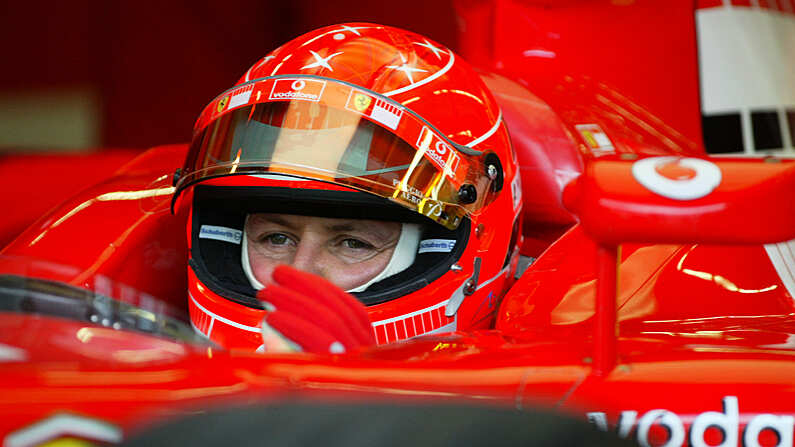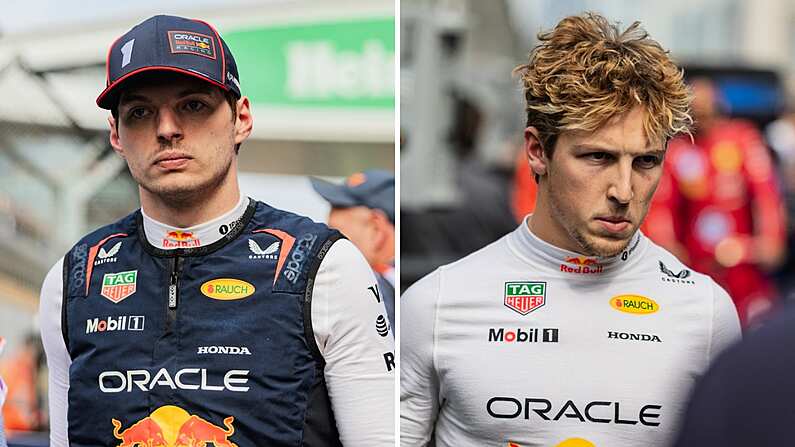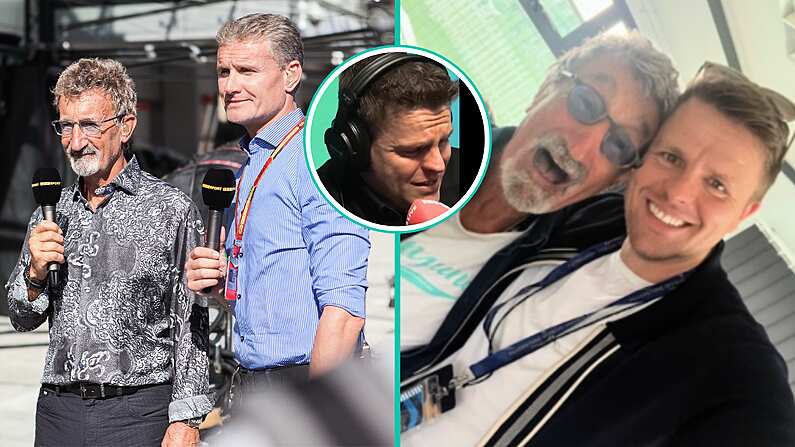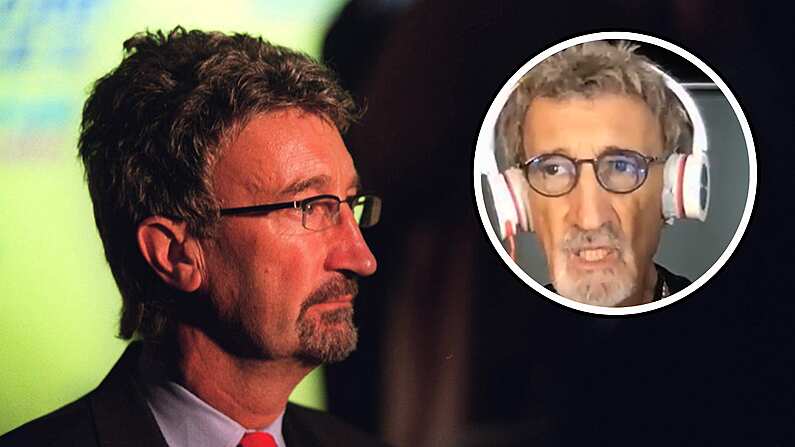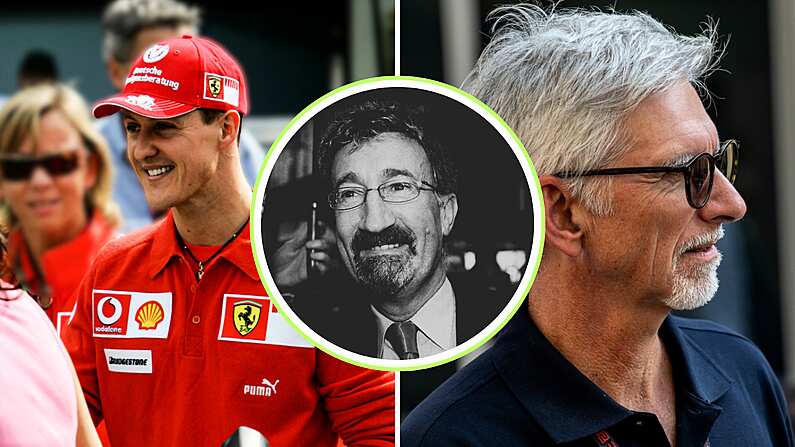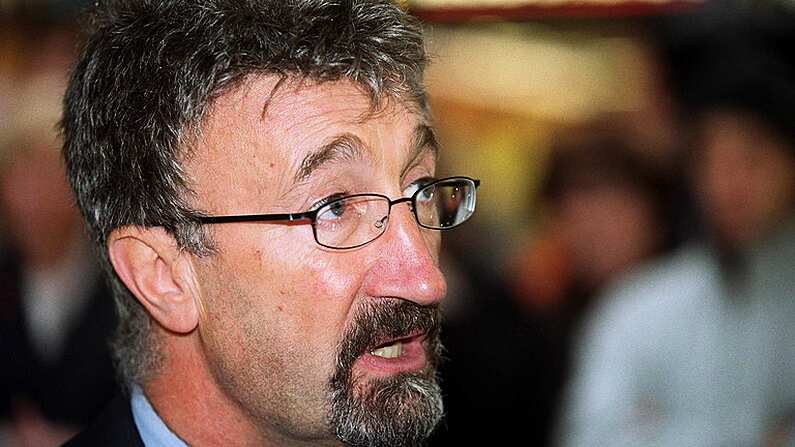F1 returns to Melbourne this weekend for the first Australian Grand Prix since 2019. It will be strange visiting the Albert Park Circuit as the third race of the year rather than the season opener - but that's not all that will be new about this race.
The organisers of the race have made some drastic changes to the track since that last race three years ago.
Several of the corners have been reprofiled, changed, or dropped entirely from the circuit layout. There are also drastic changes to the DRS zones at Albert Park.
The changes to the Australian Grand Prix track have all been made in an attempt to improve the quality of racing - and we've detailed all of the alterations.
2022 Australian Grand Prix: Major changes incoming for track layout
Albert Park was long a popular venue for the F1 curtain raiser, but changes were required to the track layout. Despite the brilliant atmosphere at the track, the circuit was not best suited to regular overtaking.
Races at the track seldom featured on-track passes and, so, the organisers of the Australian Grand Prix have changed the layout to make the racing more exciting.
The first change comes at turn one, which has been widened slightly. Turns three and six have been widened significantly, in an attempt to increase speeds and aid with overtaking. The most drastic change comes at turns nine and ten - or, rather, where turns nine and ten used to be.
The slow, technical chicane has been effectively done away with entirely, with a long, winding straight now going all the way down to the fast and sweeping left-right chicane at 11 and 12.
GRAPHIC: New changes to the Albert Park track for 2022.
New layout will improve racing and overtaking.
Lap speed predicted to drop by around 5 seconds.#F1 #FormulaOne #AustralianGP pic.twitter.com/u3WFq0QCrI— ChicaneAndWings (@Chicane_Wings) April 3, 2022
The run down to turn 13 is now slightly longer, and the corner itself is now tighter. The changes at T13 were made with the hope of a heavier braking event, leading to better overtaking opportunities.
The penultimate corner is the last one to have been altered, and is another that has been widened. The speed limit in the pitlane has also been increased to 80kph.
The widening of turns 1, 3, 6, 13, and 15 will allow drivers to carry more speed into the corners but, crucially, it also leaves more room on the inside for potential overtaking. The new layout to these corners will also help drivers to experiment with different approaches to the corner, and could lead to some innovative overtaking moves.
The changes to the track can be seen plainly by comparing an onboard lap from the track pre-COVID with the new footage from the track released by F1 this week.
👀 Onboard for the lap that gave @LewisHamilton...
Record-equalling 6th #AusGP pole 💪
62nd pole of his #F1 career (3rd on all-time list) 👏 pic.twitter.com/k2m69uMhT3— Formula 1 (@F1) March 25, 2017
Ride onboard with us for a lap around Albert Park! 🤩
Can you spot the track changes? 🔎#AusGP #F1 @ausgrandprix pic.twitter.com/zCSLKcrQEc— Formula 1 (@F1) April 4, 2022
That's not all when it comes to changes to the track at Albert Park.
This weekend's Australian GP will be a first for Formula 1, as the track will have four DRS zones. DRS ("Drag Reduction System") allows a chasing car to open a flap on their rear wing for a reduction in drag on certain straights, if they are within one second of the car in front at designated detection points.
The first DRS zone will be on the start-finish straight, followed by another between turns two and three. There will then be another zone on the run down to turn 11, followed by a final zone on the run down to turn 13.
The Australian GP will have four DRS zones 😳 pic.twitter.com/AxPt5eW2xW
— GPFans Global (@GPFansGlobal) April 5, 2022
There will only be two detection zones, however, before the pit straight and between turns six and seven.
DRS detection points have, surprisingly been big talking points this year. In Jeddah last time out, Max Verstappen deliberately slowed down rather than overtaking Charles Leclerc into the final corner, so that he would benefit from the DRS on the pit straight. Reducing the number of detection points should help to avoid the games of "chicken" we saw in Saudi Arabia and Bahrain.
Combined with the drastic changes to the regulations, which have made the cars easier to follow, it seems hopeful that we will get some better racing at this year's Australian Grand Prix than in previous years.
How to watch the Australian Grand Prix in Ireland
The Australian Grand Prix gets underway this Sunday at 6am Irish time. If you're braving the early start, the race is live on Sky Sports F1 - and, if you're even braver, you can watch their pre-race buildup from 4:30am.
If you're looking forward to your Sunday morning lie-in, you can catch highlights on Sky Showcase at 12pm, or on Channel 4 at 3:05pm.









